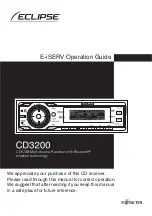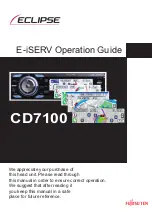
46
3.3.5
3.3.5
3.3.5
3.3.5 Other
Other
Other
Other objects
objects
objects
objects
To help orientate you, the map also contains objects that have no other navigating
function than to help you recognise your location on the map. These are surface-
waters, large buildings, forests, etc.
Tip:
Tip:
Tip:
Tip:
These objects are normally displayed using textured polygons that look natural
to the eye. You may wish to switch the textured display off (Page 69) to free some of
the resources of your PNA by replacing textures with plain coloured surfaces.
3.3.6
3.3.6
3.3.6
3.3.6 Current
Current
Current
Current position
position
position
position and
and
and
and Lock-on-Road
Lock-on-Road
Lock-on-Road
Lock-on-Road
When your GPS position is available, a blue arrow (yellow when using night colours)
shows your location on the map.
The direction of the arrow represents your heading. The arrow is sized and vertically
rotated with the zoom and tilt levels to always look realistic.
Navsure has a built-in Lock-on-Road feature that always puts the position arrow on
the road, on the axis of the street in case of one-way streets, or on the side of the
road where you drive (e.g. on the right in Germany and on the left in the U.K.) on
two-way roads.
The location received from the GPS receiver is shown as a blue dot on the map. This
can help you locate your position if the GPS accuracy is poor, and the Lock-on-Road
system puts you on the wrong street. It is also the location saved in the track log
(Page 59).
When the GPS position is lost, the arrow turns grey, but the journey continues on the
recommended route for a short period of time with the speed last detected before the
GPS position was lost. When the next route event is reached, or after 40 seconds,
the arrow stops, and remains grey until GPS reception returns. This way short
tunnels can be crossed without losing the position.
















































